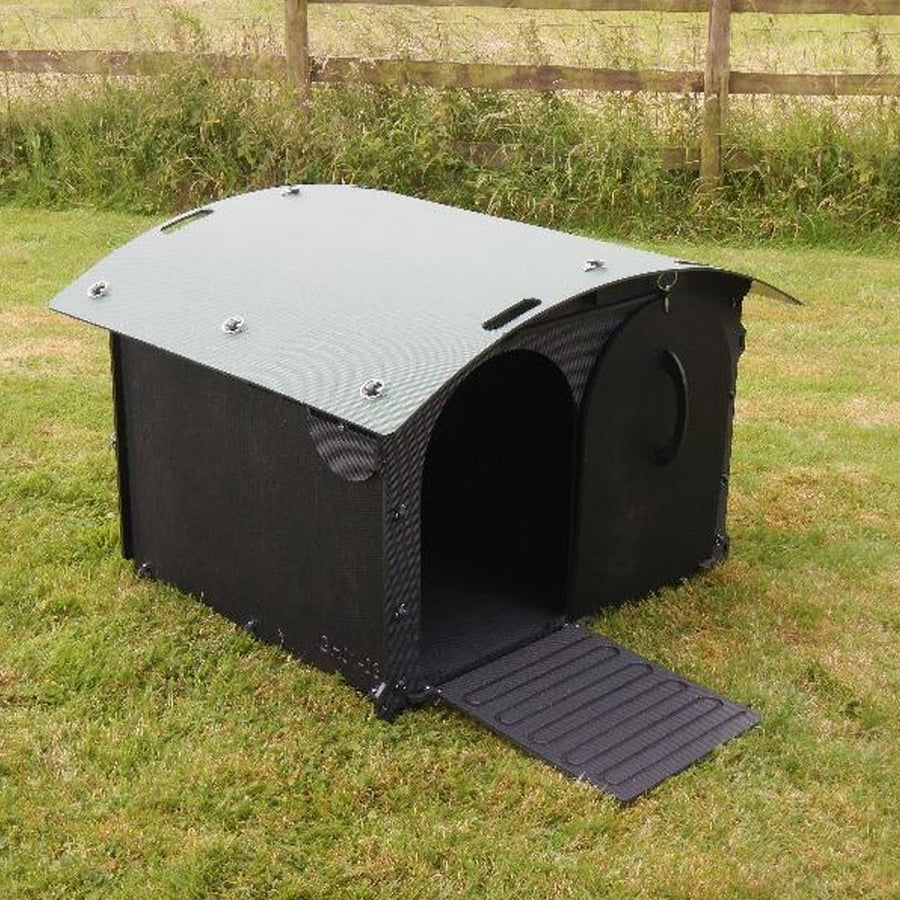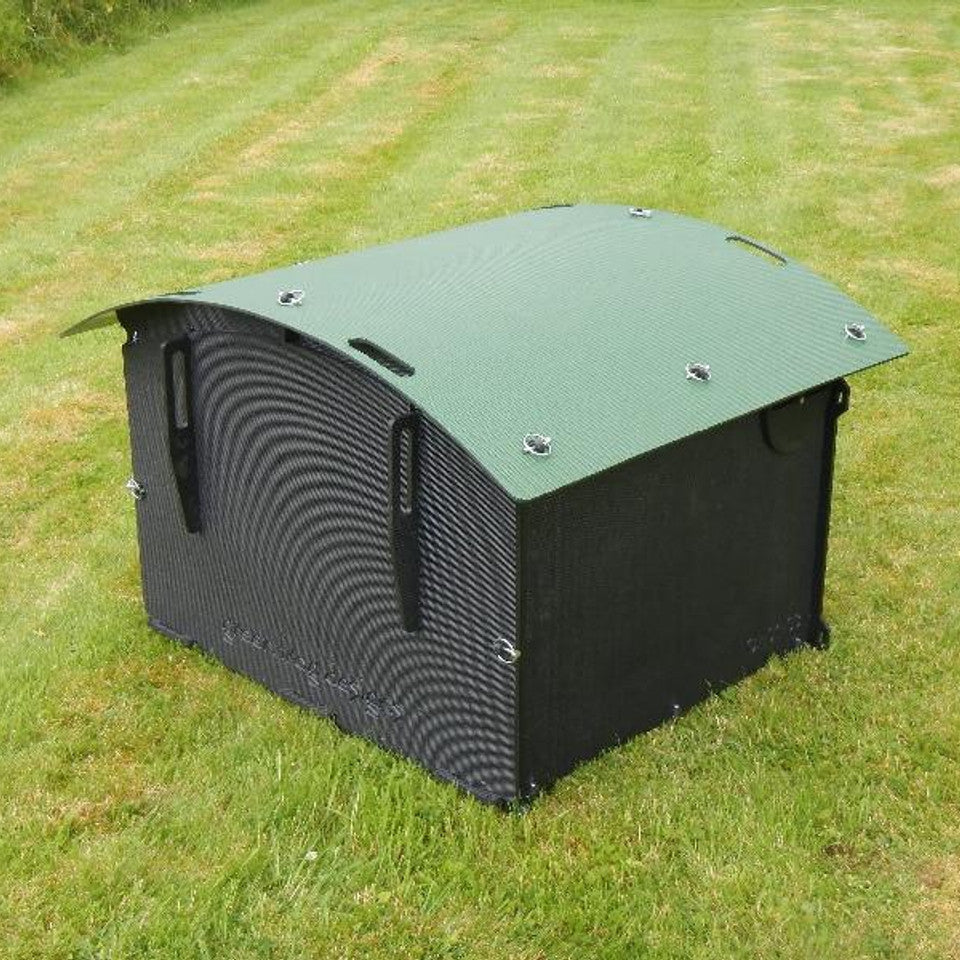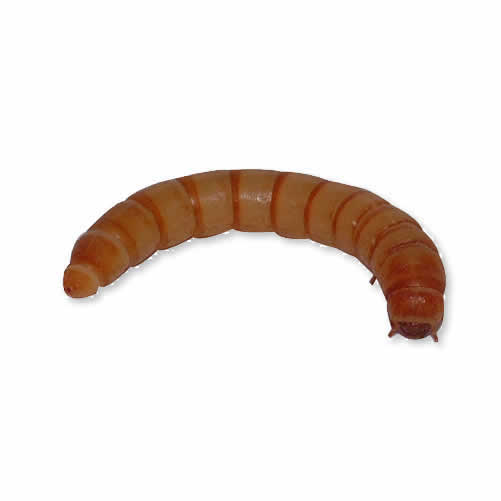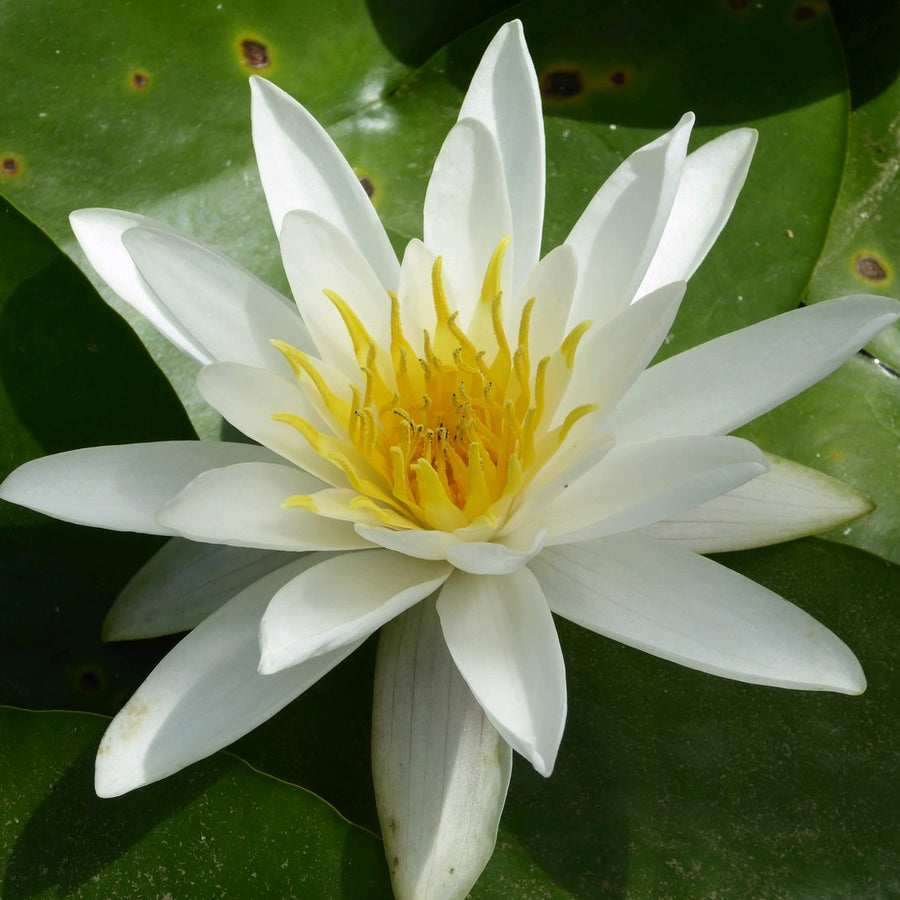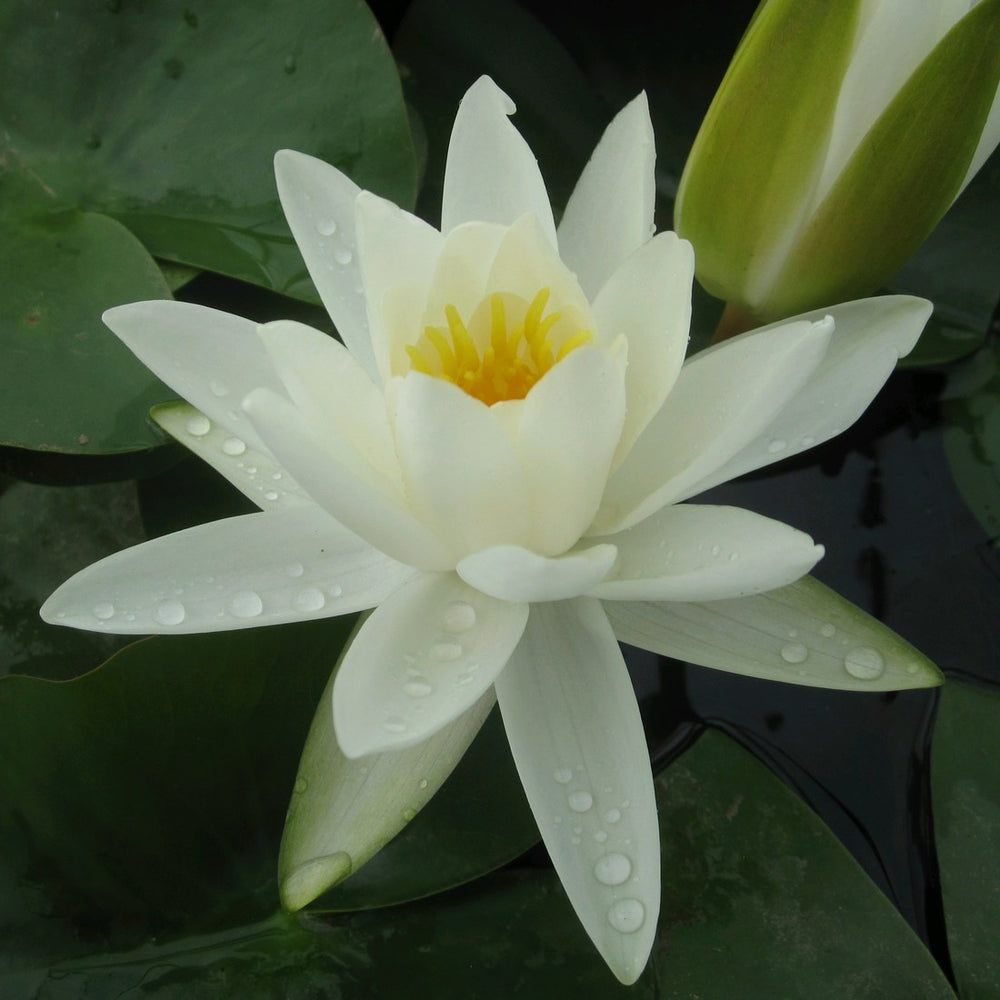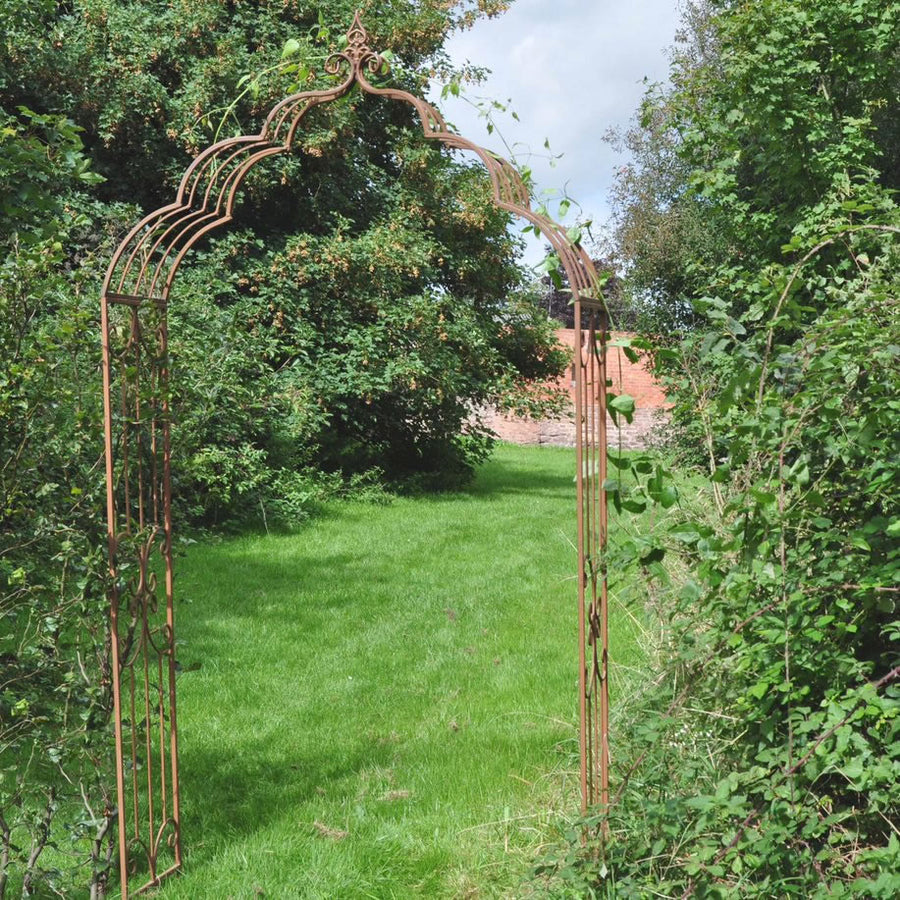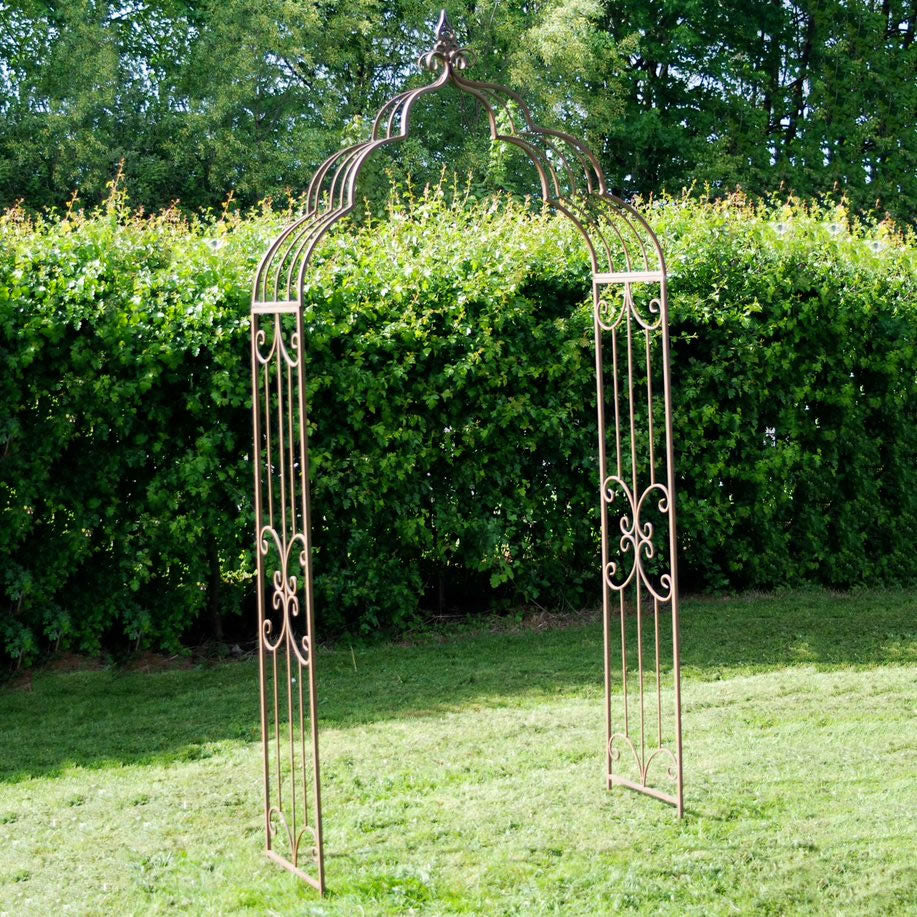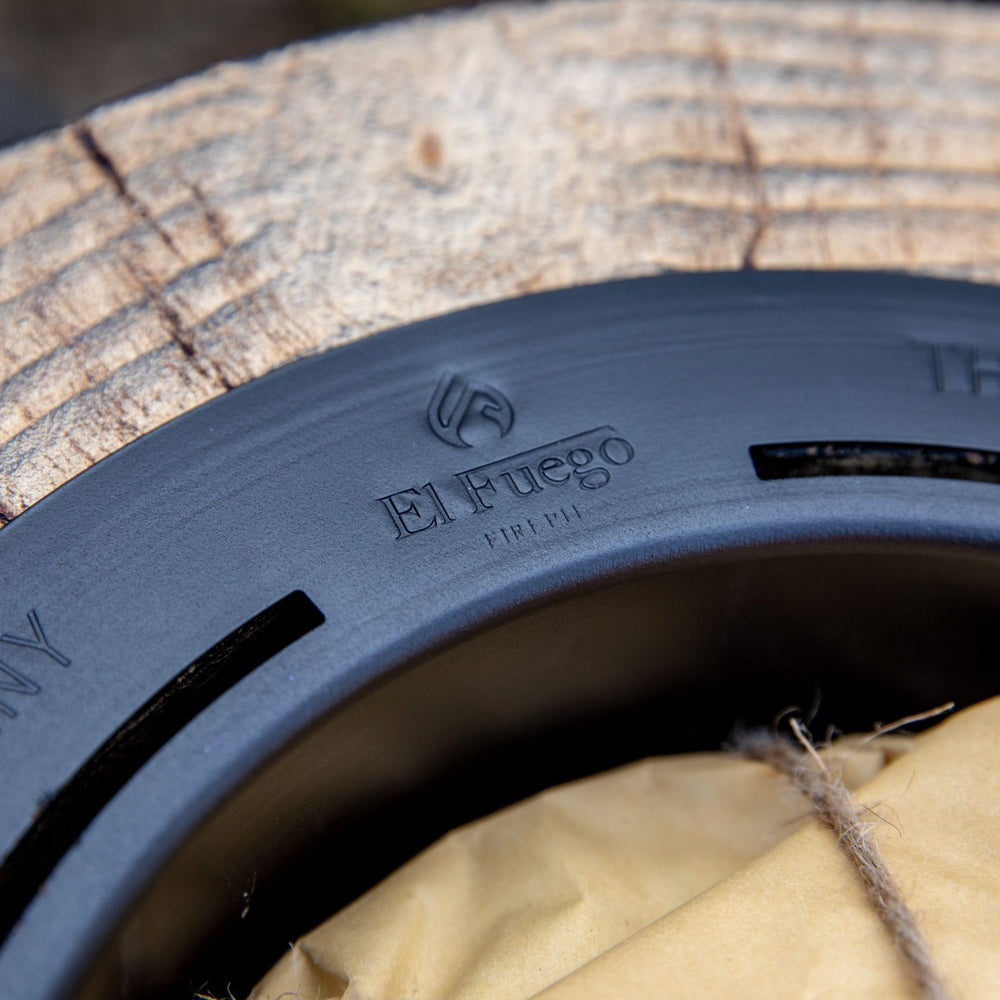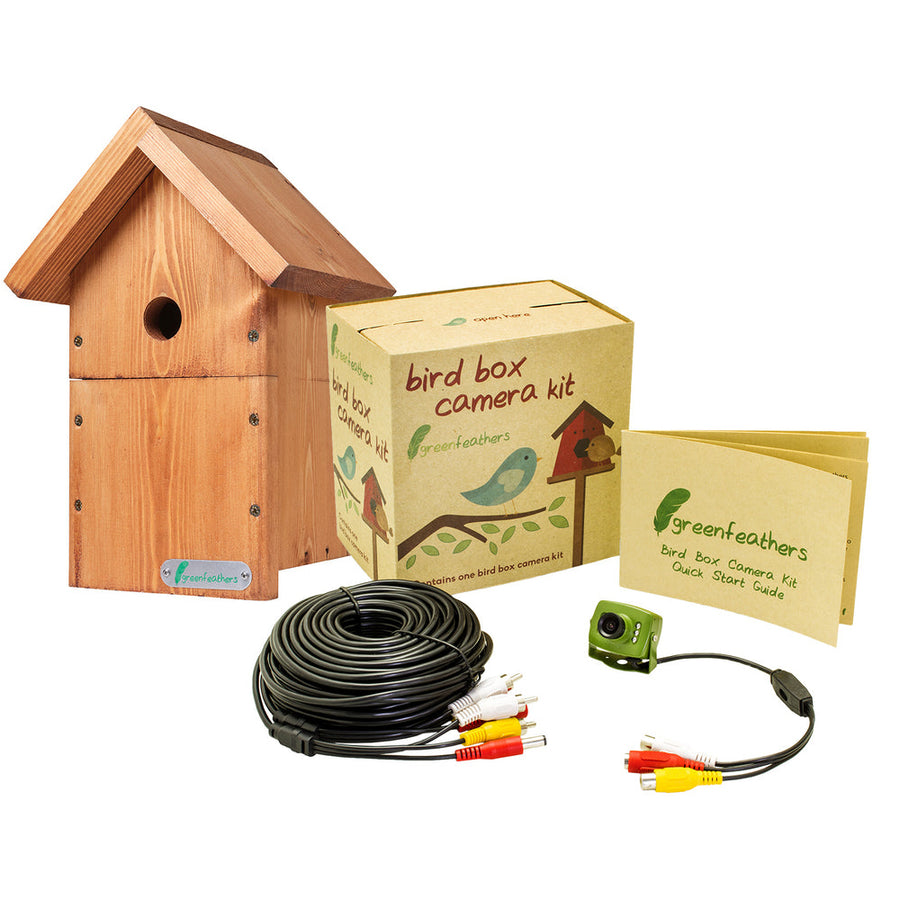
Colchicum (Naked Ladies)
Colchicum’s late blooms (September – October) provide a rare autumn nectar source for pollinators like the ivy bee (Colletes hederae), which synchronises its flight period with these flowers. While toxic to mammals, their pollen sustains hoverflies (Eristalis spp.) and honeybees (Apis mellifera) preparing for winter. Planted in sunny meadows or under open-canopy trees, they thrive in free-draining soil. Though not native, their ecological timing fills a seasonal gap when few other plants flower. For safety, avoid planting near livestock areas, but in gardens, they offer vital late forage for specialised pollinators.


